
Click the blue text above to follow us

📋📋📋The table of contents is as follows:🎁🎁🎁
Table of Contents
💥1 Overview
1.1 Microgrid System Structure
1.2 Dual-Layer Planning Design Structure of Microgrid System
1.3 Dual-Layer Optimization Model
1.4 Upper-Level Capacity Optimization Model
1.5 Lower-Level Scheduling Optimization Model
📚2 Operating Results
🎉3 Literature Sources
🌈4 MATLAB Code, Data, Article Explanation



1 Overview

Literature:
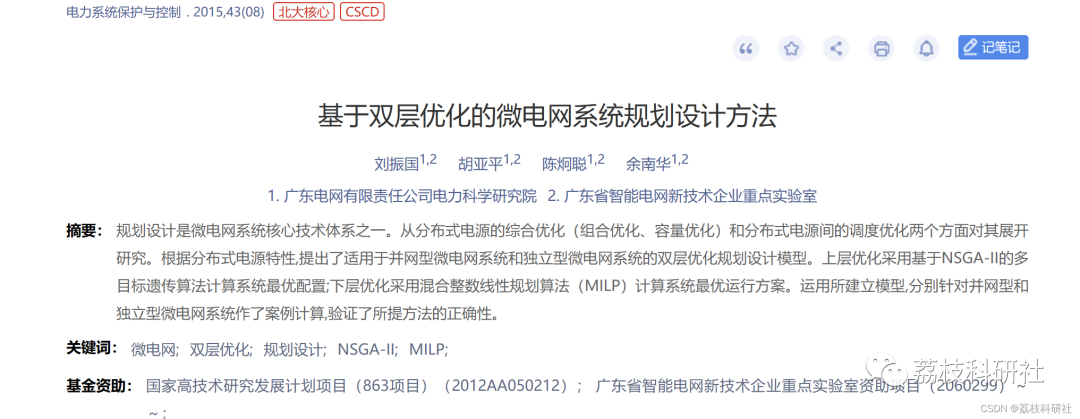
Abstract: Planning and design is one of the core technical systems of microgrid systems. This study explores it from two aspects: the comprehensive optimization of distributed energy sources (combinatorial optimization, capacity optimization) and the scheduling optimization between distributed energy sources. Based on the characteristics of distributed energy sources, a dual-layer optimization planning design model suitable for grid-connected and standalone microgrid systems is proposed. The upper-layer optimization uses a comprehensive objective to calculate the optimal configuration of the system; the lower-layer optimization uses a Mixed Integer Linear Programming (MILP) algorithm to calculate the optimal operating scheme of the system. By applying the established model, case calculations were performed for both grid-connected and standalone microgrid systems, verifying the correctness of the proposed method.
Keywords: Microgrid; Dual-Layer Optimization; Planning and Design; Optimal Configuration; MILP;
Microgrid systems can combine various types of distributed generation units to effectively leverage the advantages of a single energy system, achieving multi-energy complementarity, enhancing the overall efficiency, energy utilization, and supply reliability of the microgrid system. Depending on whether it is connected to the conventional grid, microgrids can be classified into grid-connected microgrids and standalone microgrids. The microgrid operates in conjunction with the distribution network, not only fully utilizing the green renewable energy within the microgrid but also improving the overall grid’s safety, making it an important part of China’s smart grid construction. At the same time, standalone microgrid systems are one of the effective means to solve power supply issues in remote areas and islands.Planning and design is one of the core technical systems of microgrid systems, directly related to the system’s economy, environmental protection, and reliability. During the planning and design process, it is necessary to consider the intermittency of renewable energy, the flexible and variable system combination schemes, and different system operation control strategies. These factors make the optimization planning of microgrid systems quite complex. This paper will study the optimization planning of microgrid systems from the comprehensive optimization of distributed energy sources (optimization combination, optimization capacity) and the optimized scheduling between distributed energy sources. Many scholars have conducted research on the optimization planning of microgrid systems, proposing a series of operational control strategies and optimization planning methods. The operational control strategies for microgrid systems can be divided into fixed strategies and optimization strategies. Fixed strategies establish operational rules based on predetermined priorities, while optimization strategies solve the optimal operational rules of the system based on corresponding objective functions. In the Hybrid2 simulation software developed by the National Renewable Energy Laboratory (NERL) in the United States, a dozen fixed operational strategies for standalone microgrid systems are proposed, including Traditional Power Smoothing (TPS) and Hard Cycle Charge (HCC), which comprehensively summarize the fixed strategy control modes of standalone microgrid systems. Based on the hard charging strategy proposed in that software, a modified hard charging strategy suitable for wind-solar-diesel-storage standalone microgrid systems is proposed, effectively extending the battery lifespan. In terms of optimized scheduling of microgrid systems, the usual optimization objective is to minimize the operating costs during the system scheduling period. Literature has studied optimized scheduling methods for standalone microgrid systems, and dynamic economic scheduling models for grid-connected wind-solar-diesel microgrid systems have also been proposed.
1.1 Microgrid System Structure
The microgrid system structure studied in this paper is shown in Figure 1. Wind turbines, photovoltaic generation, and energy storage systems are connected to the AC microgrid system through their respective converters and connect to the distribution network through a Point of Common Coupling (PCC), forming a grid-connected microgrid. Through the control of this microgrid, both islanding and grid-connected operation of the microgrid can be achieved. Diesel generators use synchronous generators to generate electricity, directly connecting to the AC microgrid. In the optimization planning design, the losses caused by line impedance are ignored.

1.2 Dual-Layer Planning Design Structure of Microgrid System
This paper adopts a dual-layer optimization planning method for optimizing the microgrid system. The upper layer is the capacity optimization module, used to find the optimal configuration of the system, including the types, numbers, and capacities of various devices in the system. The lower layer is the scheduling optimization module, used to calculate the optimal operating scheme of the system. The dual-layer optimization contains two levels, where the decision results of the upper layer generally affect the objectives and constraints of the lower layer, while the lower layer feeds back the decision results to the upper layer, achieving interaction between the upper and lower layer decisions, as shown in Figure 2, which illustrates the logic of the dual-layer optimization in this paper.
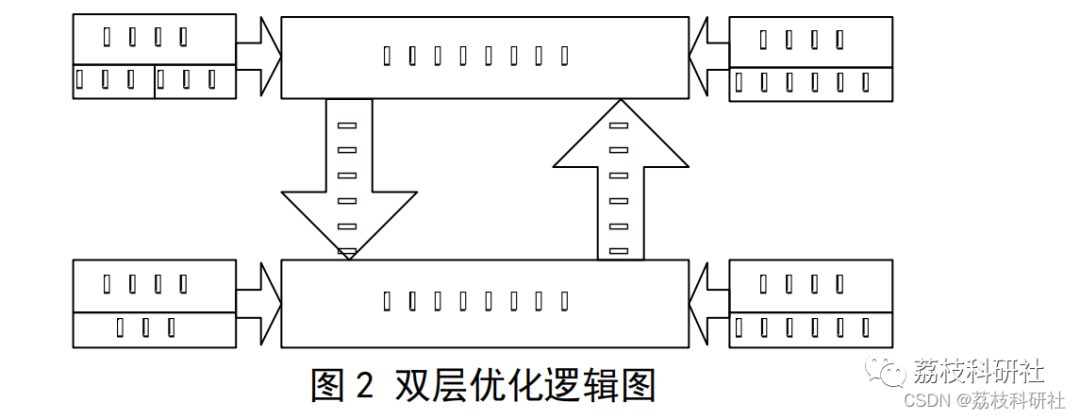
1.3 Dual-Layer Optimization Model
Bracken J and McGill J T first proposed the concept of multi-layer planning in 1973, which has solved multi-layer planning/optimization problems, and dual-layer planning is a special case of multi-layer planning. Research reports have been made on dual-layer optimization in areas such as transmission systems, reactive power optimization, and distribution system optimization planning. Mathematically, dual-layer optimization can be described as:
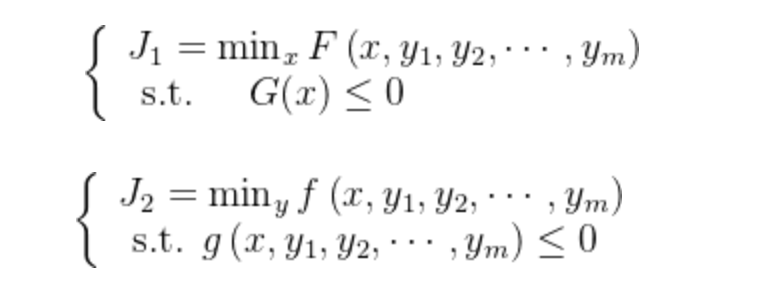
Where: F(•) is the objective function of the upper-layer optimization;x is the decision vector of the upper-layer optimization;G(•) is the constraints that need to be satisfied for the upper-layer optimization;f(•) is the objective function of the lower-layer optimization;y is the decision vector of the lower-layer optimization;g(•) is the constraints that need to be satisfied for the lower-layer optimization.
1.4 Upper-Level Capacity Optimization Model
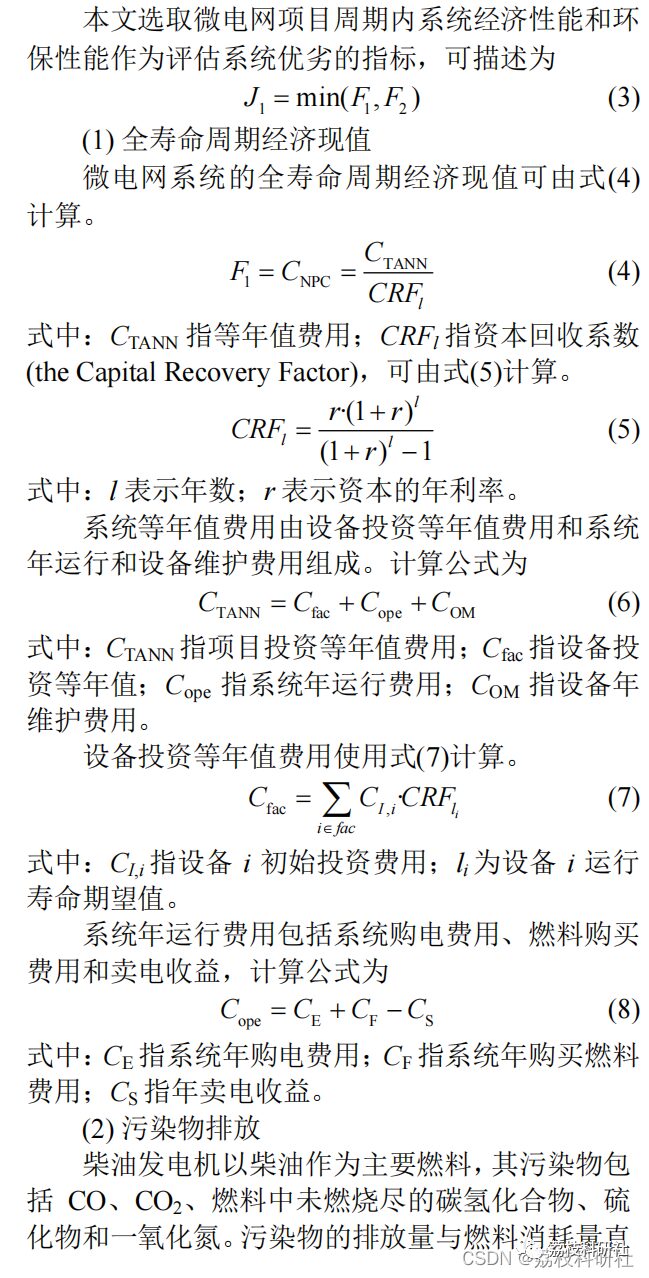
1.5 Lower-Level Scheduling Optimization Model
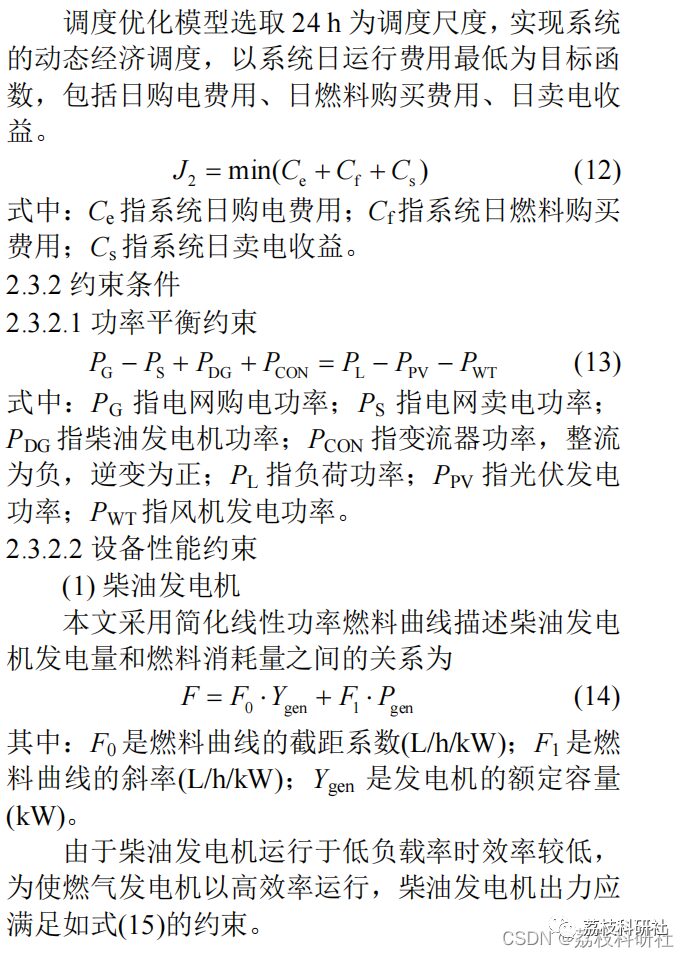



2 Operating Results

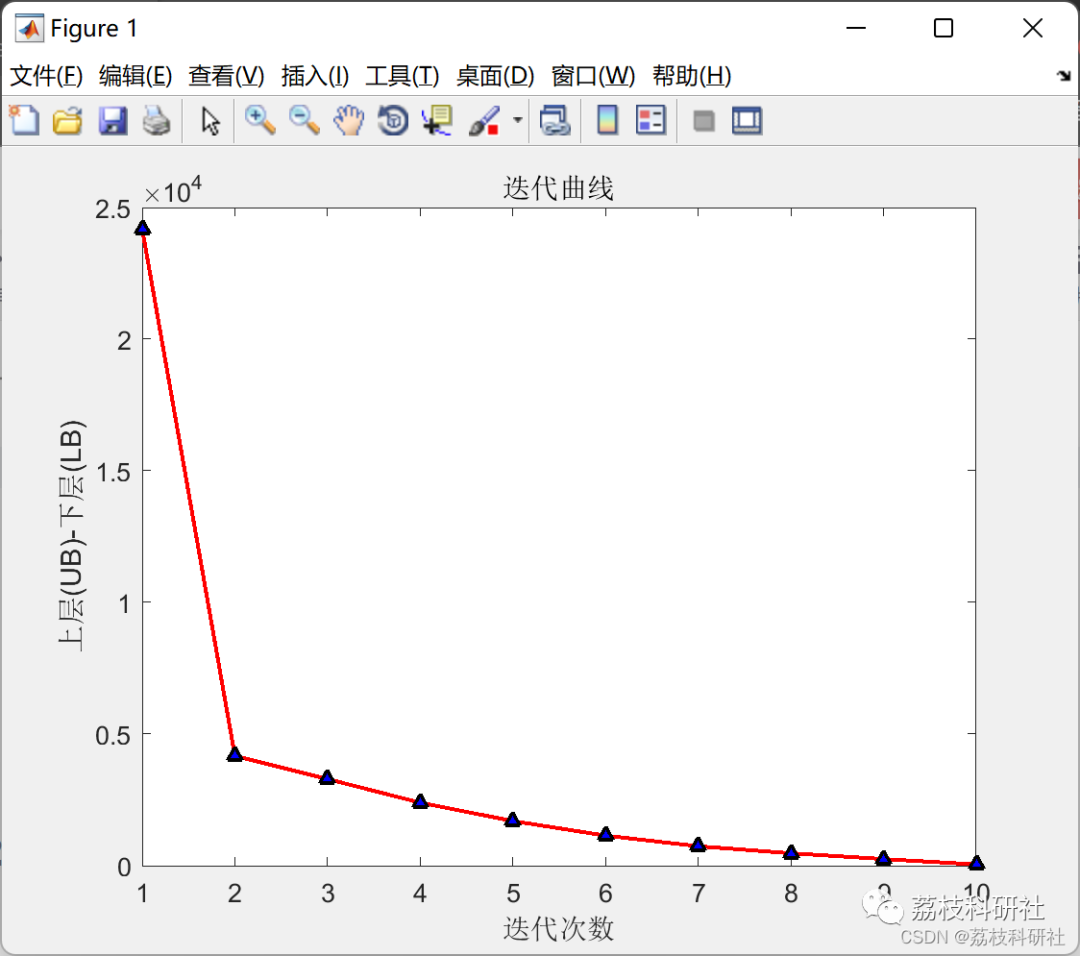
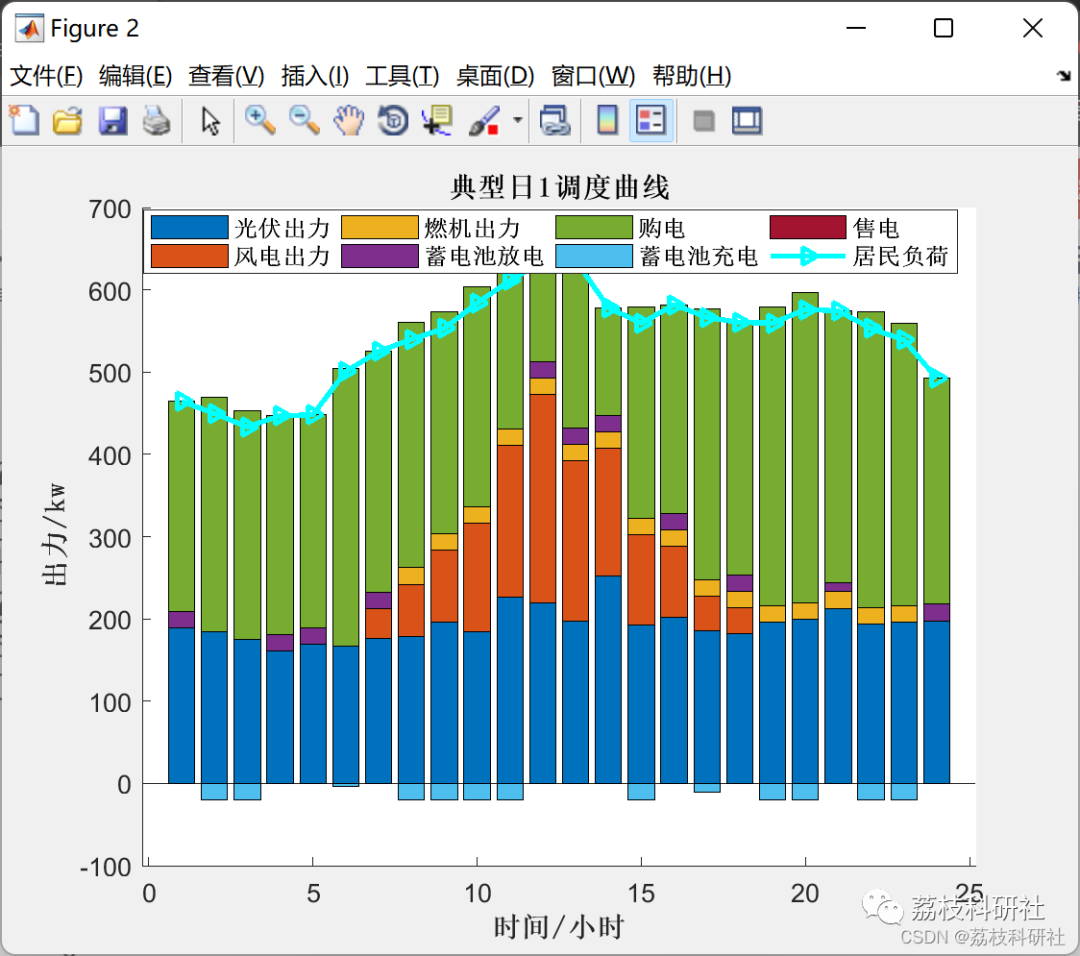
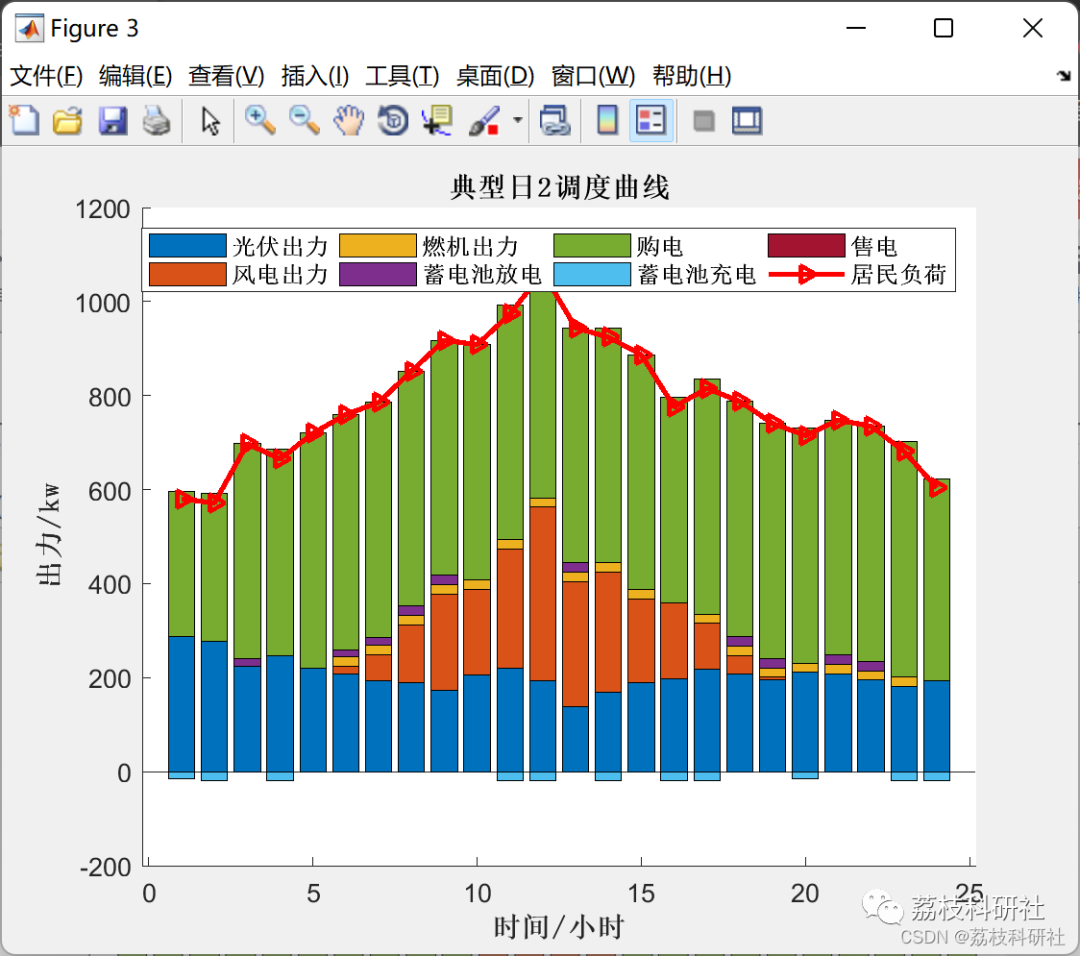
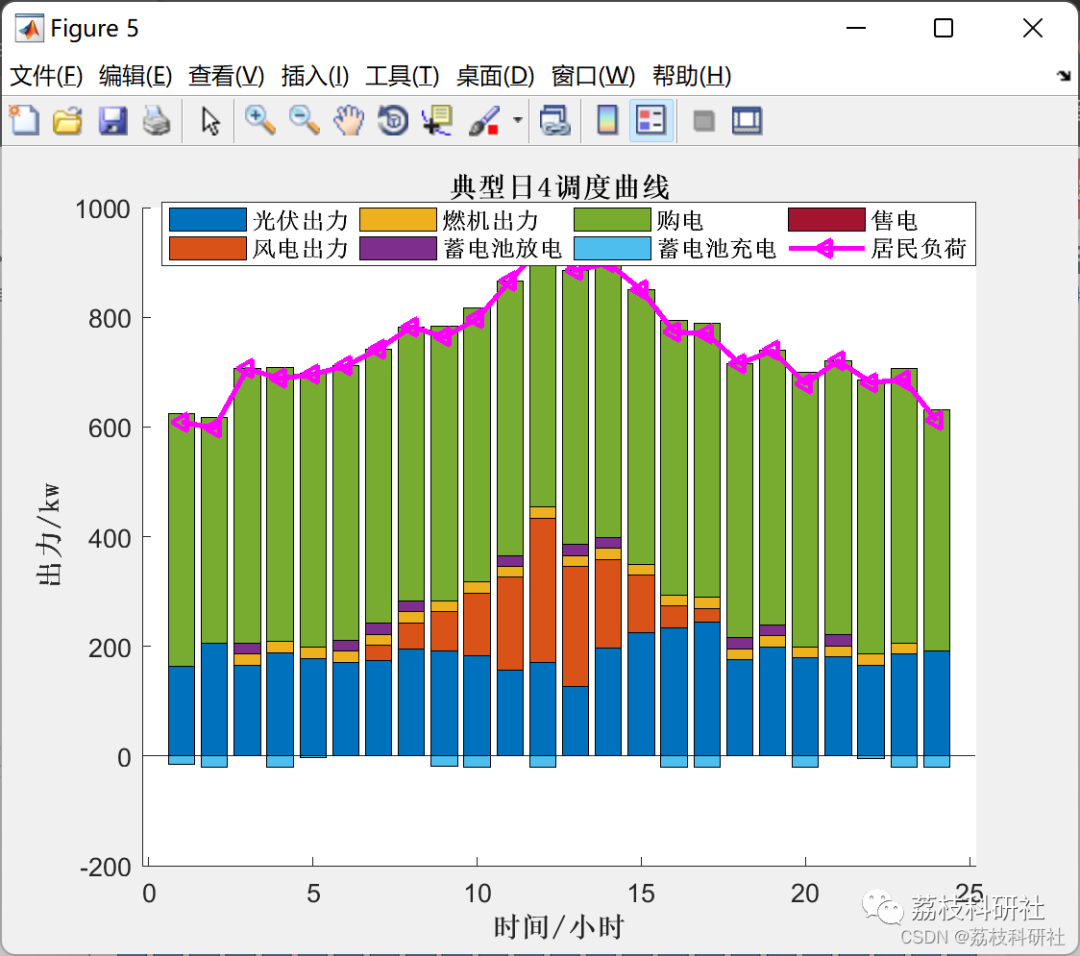


3 References


3 References

Some theories are sourced from the internet. If there is any infringement, please contact for removal.

[1] Liu Zhengguo, Hu Yaping, Chen Jiongcong, Yu Nanhua. Dual-Layer Optimization Method for Microgrid System Planning Design [J]. Power System Protection and Control, 2015, 43(08): 124-133.


4 MATLAB Code, Data, Article Explanation
